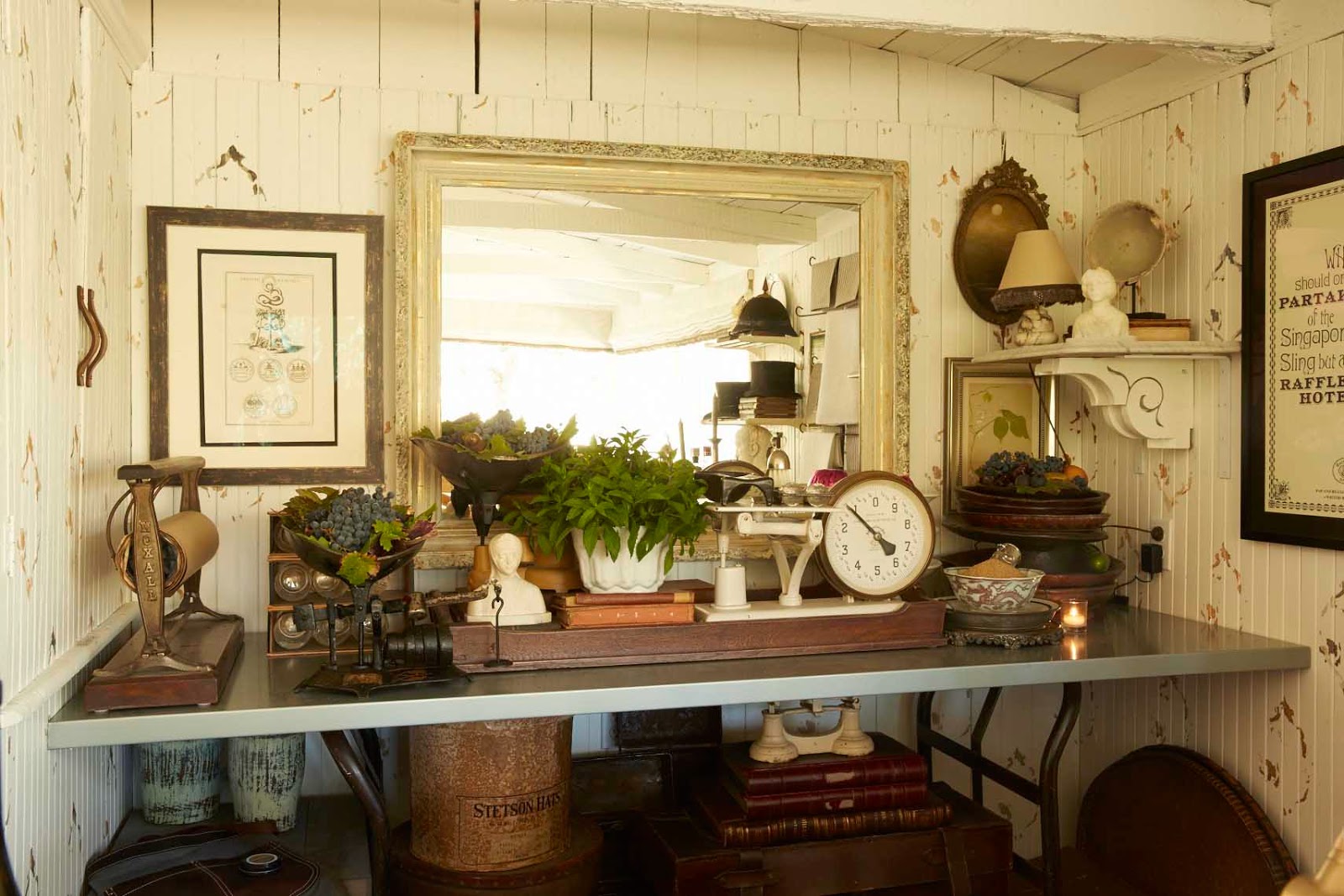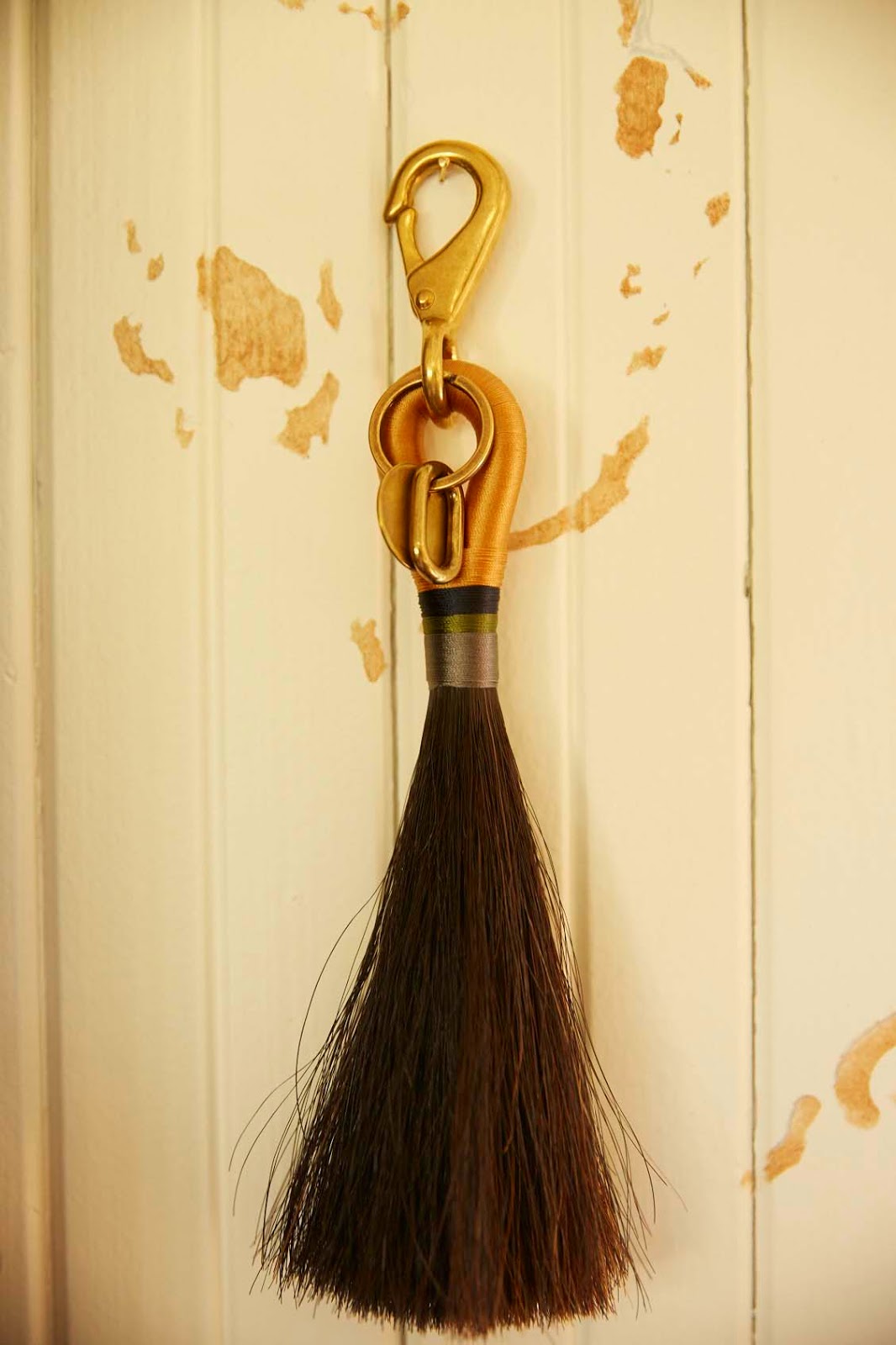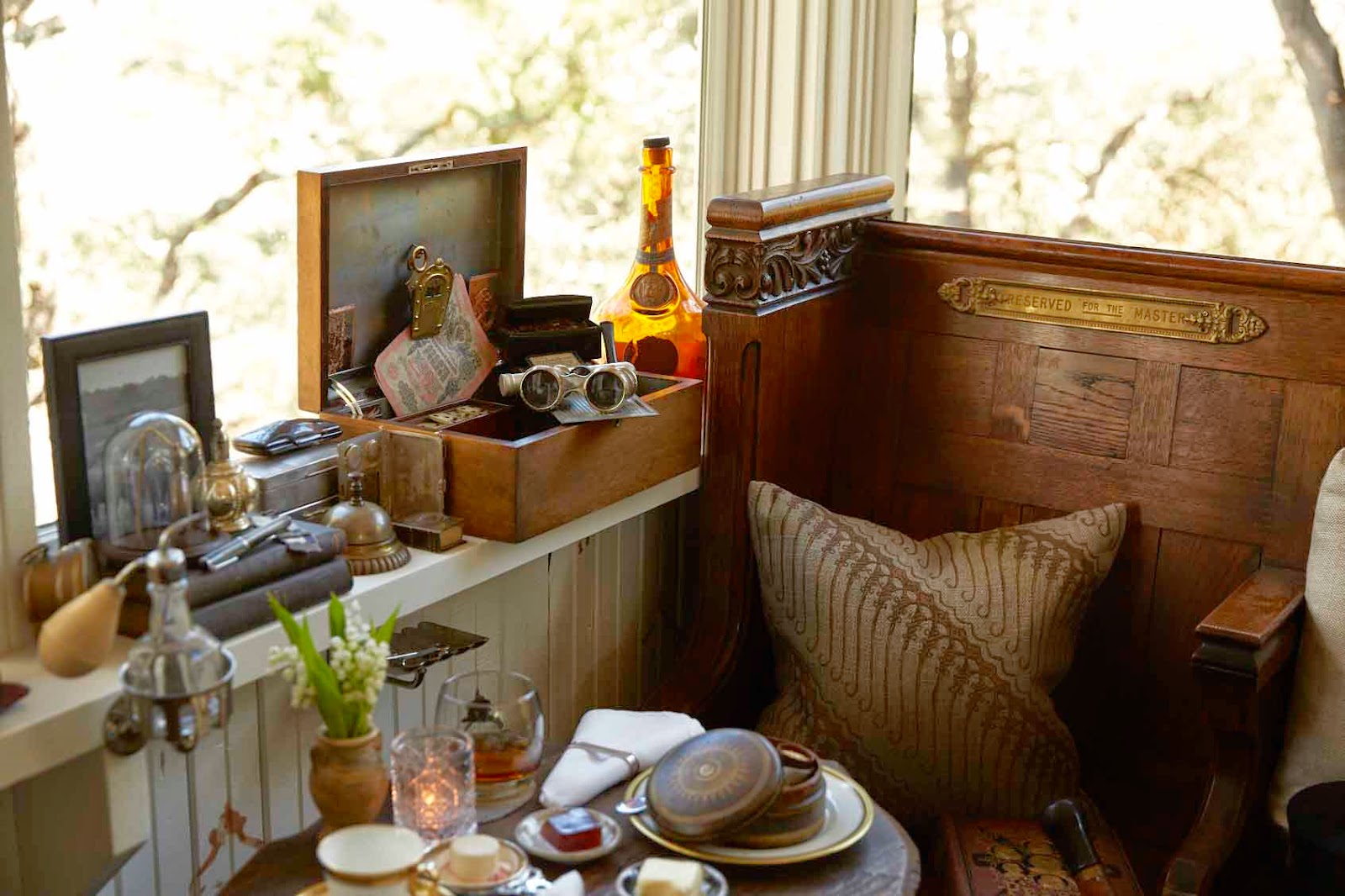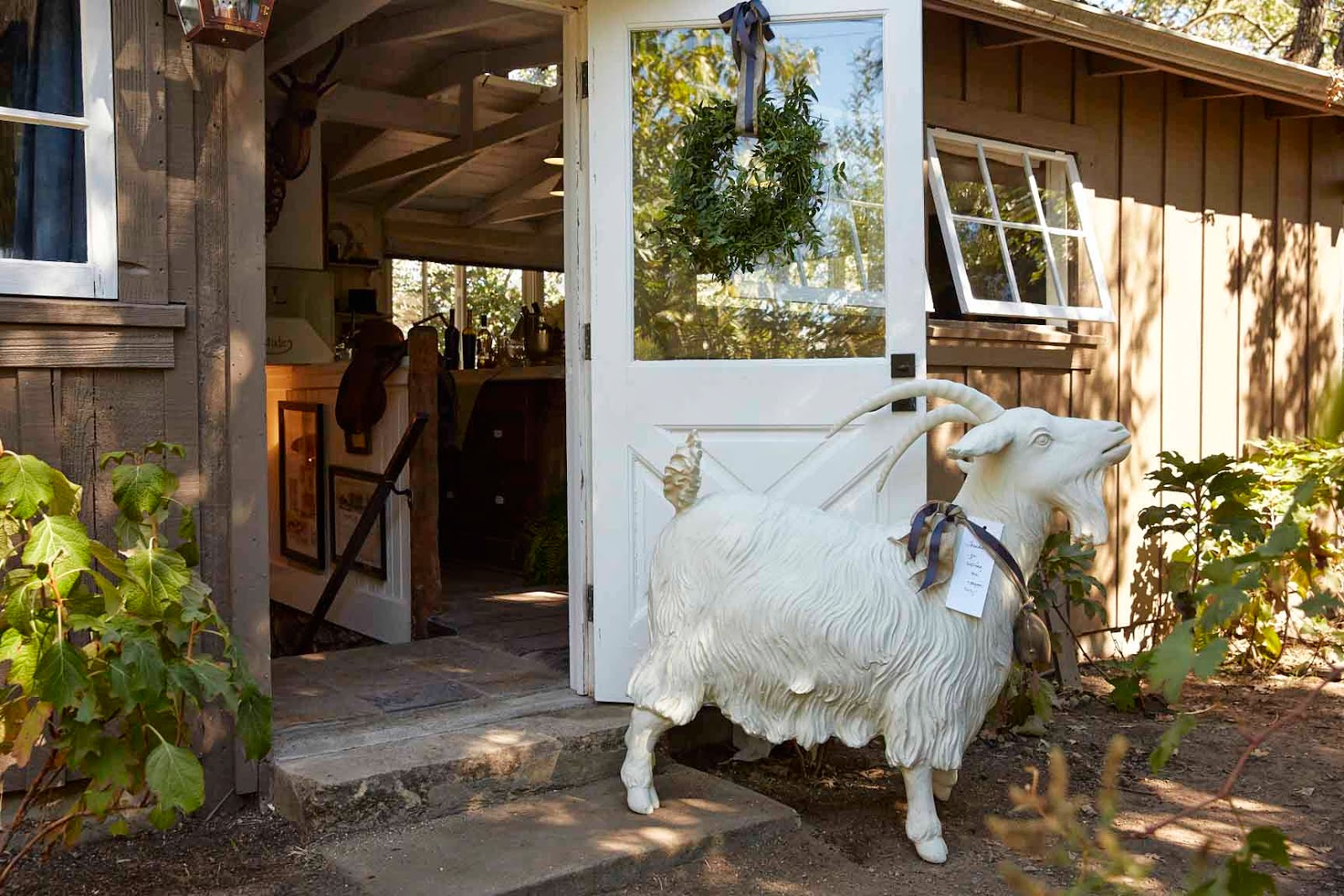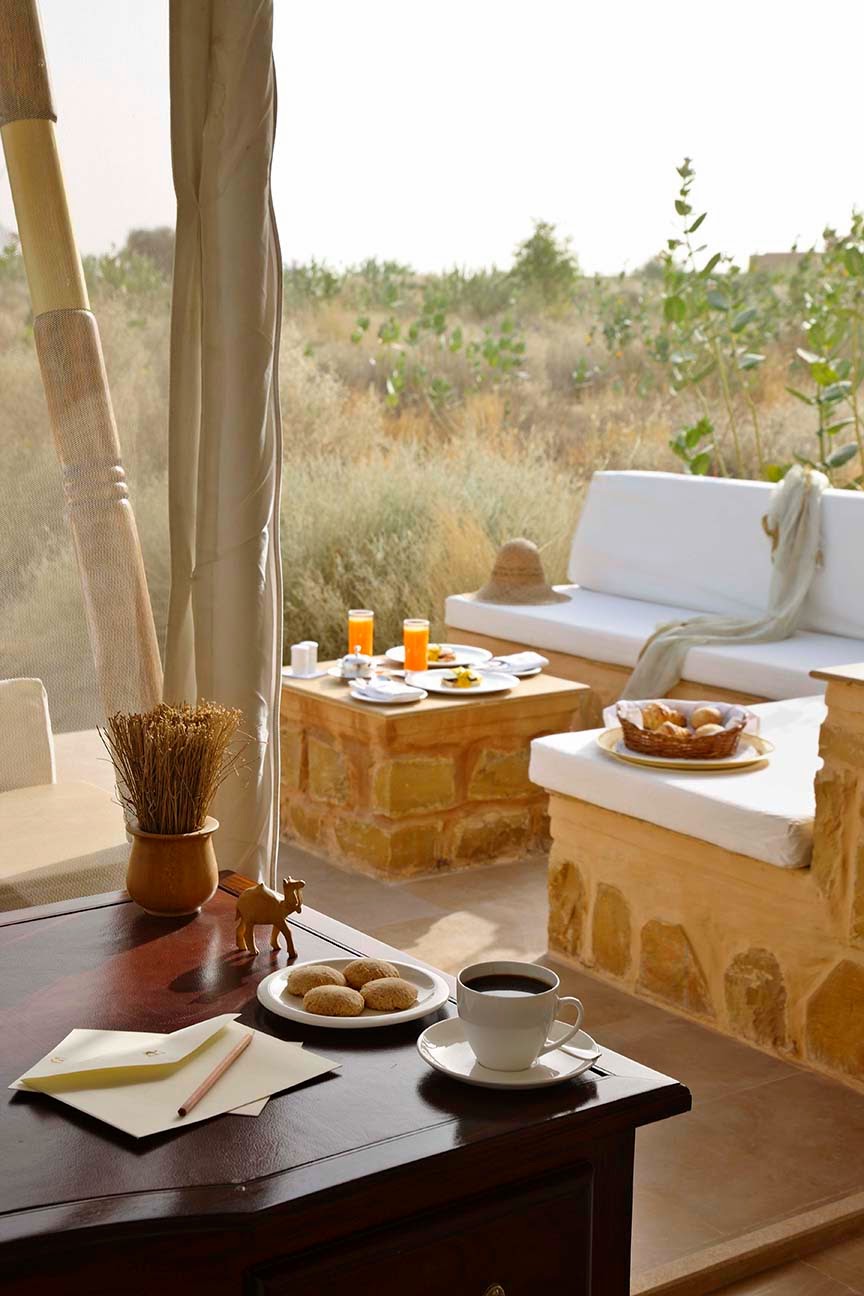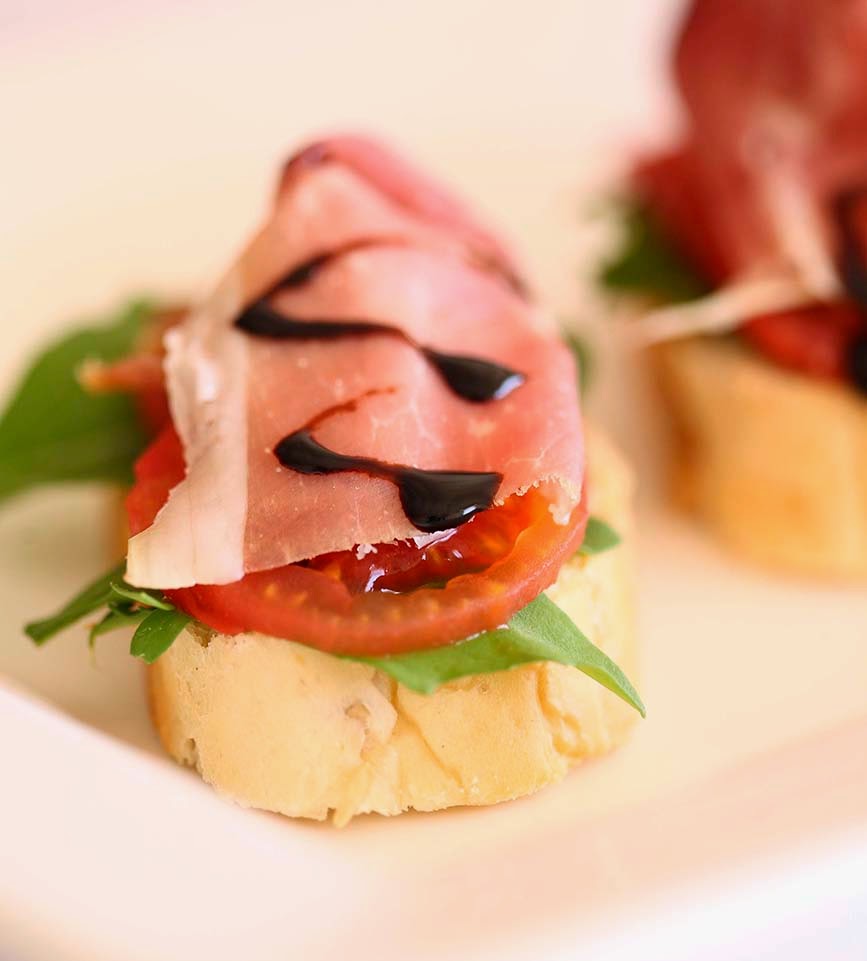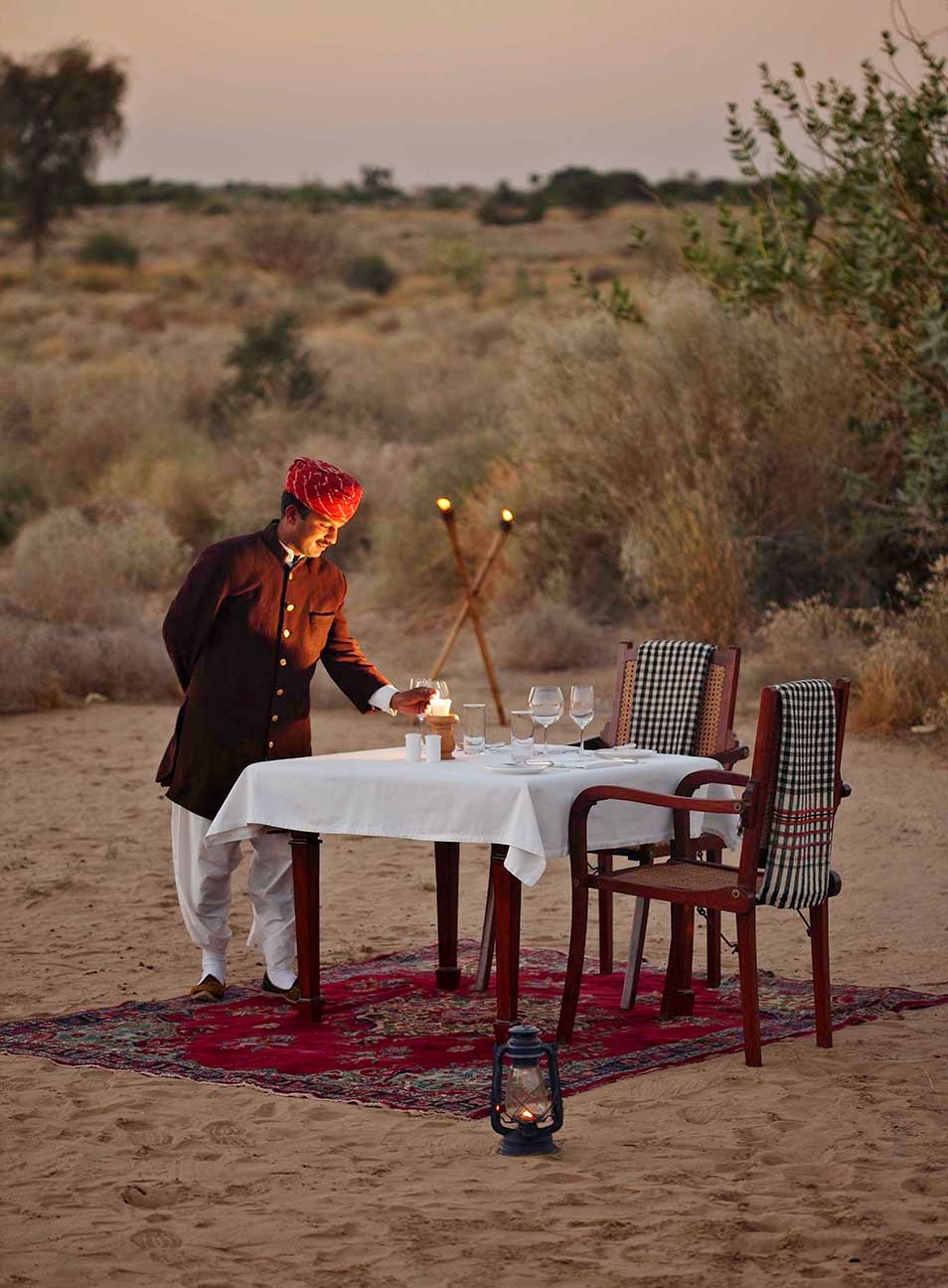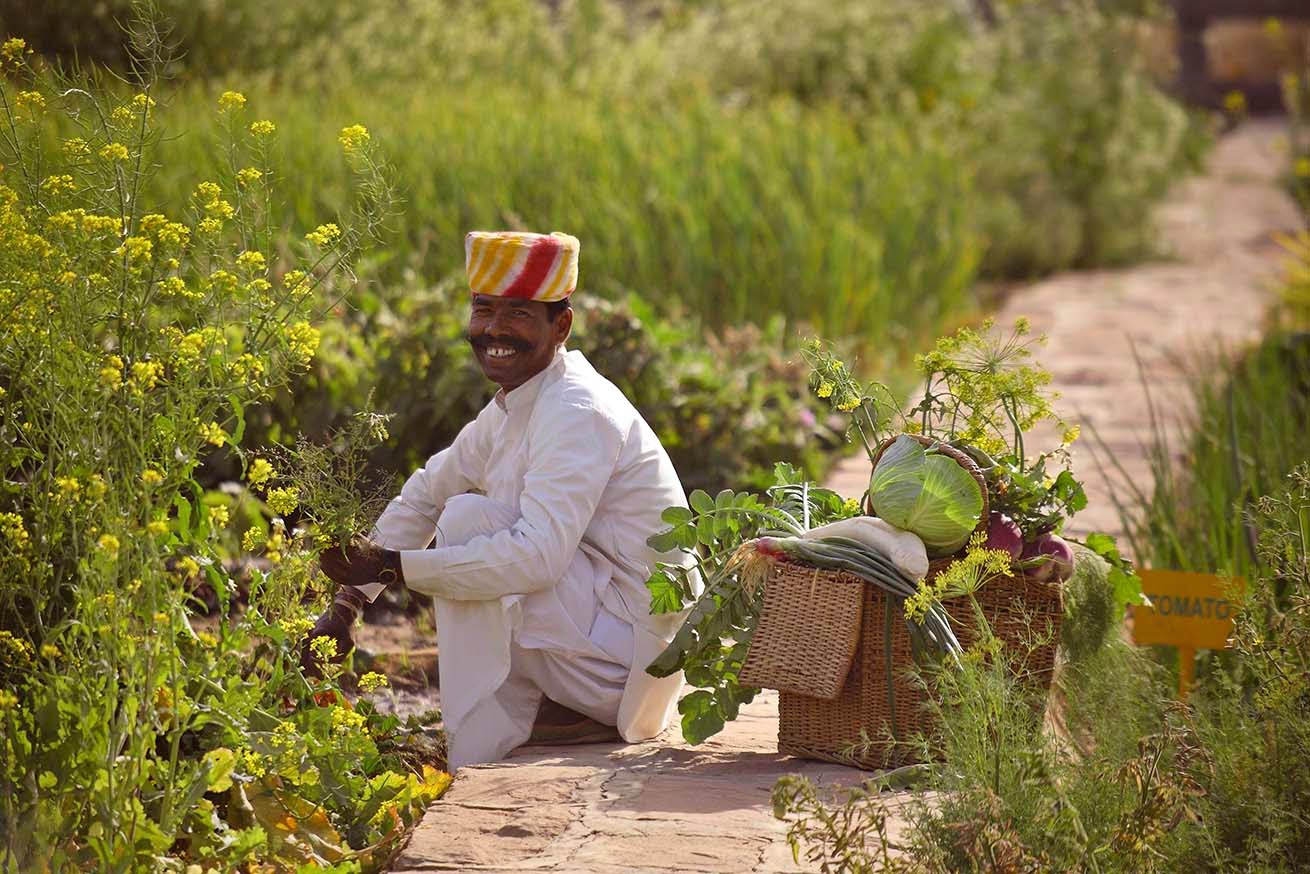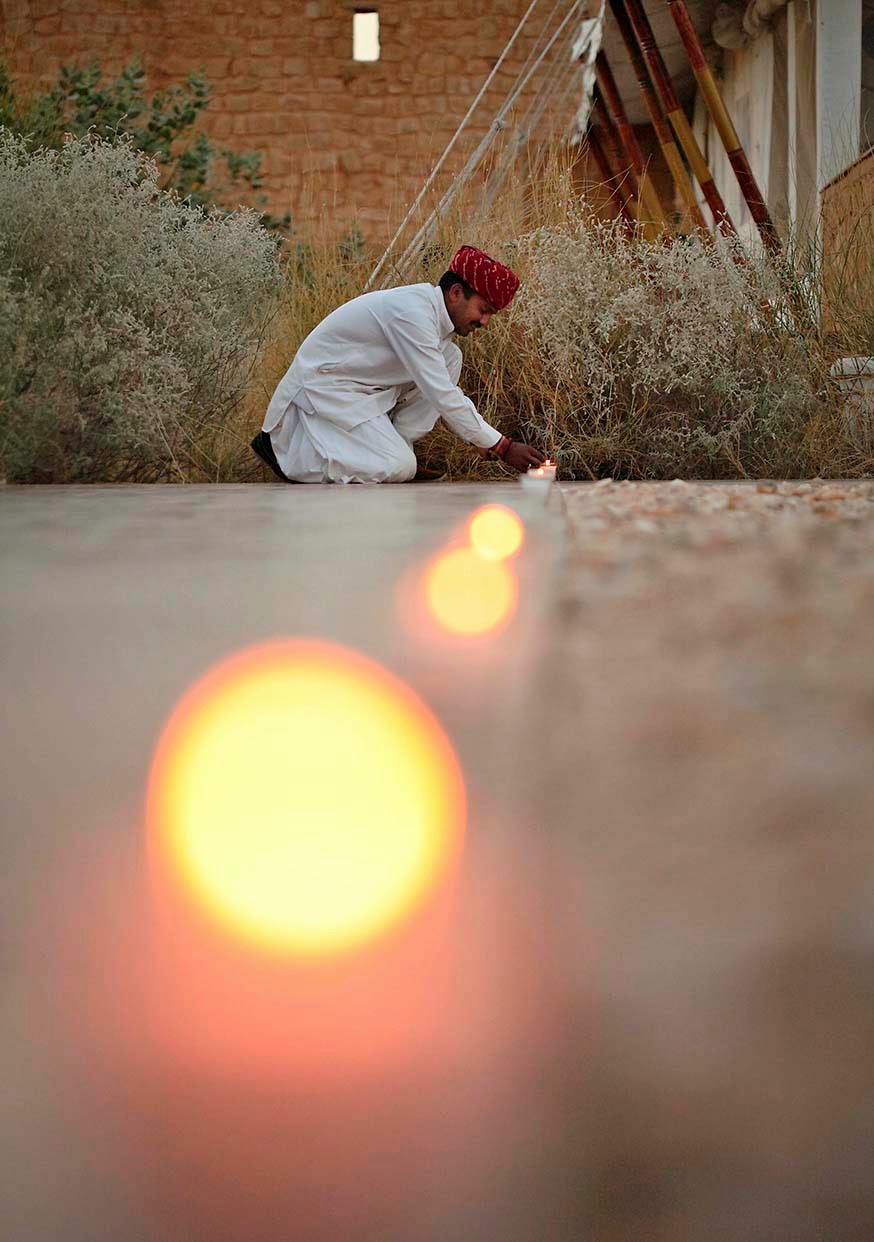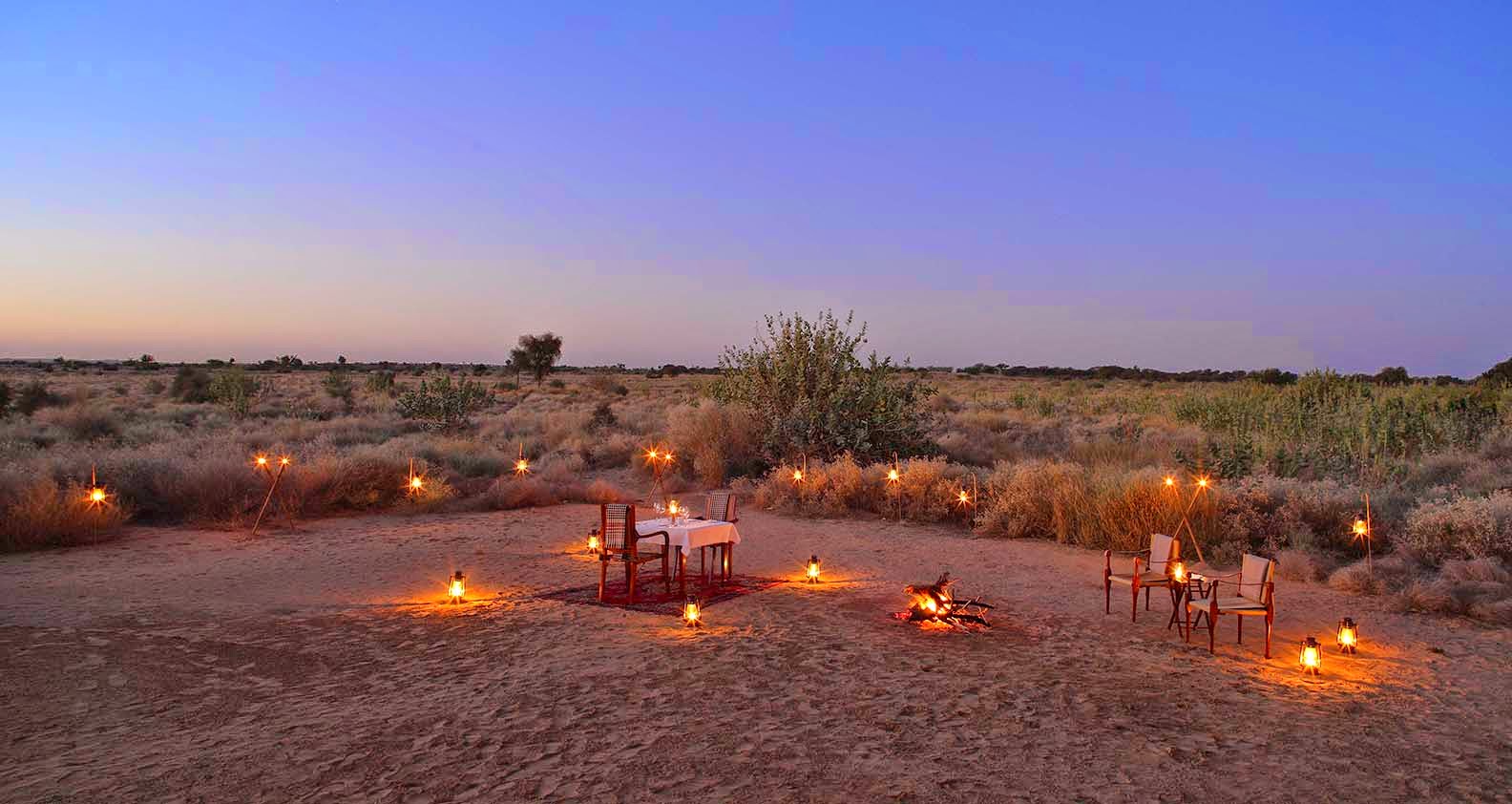Rachman, with his worldly collections and dash of British vim and vigor, dreamed up a Brit tribute with California wit. He circumnavigated to wildly chic Sumatra (his home island) before heading further East to the Napa Valley.
The designer’s bravado gives new meaning to country interiors and jolts the senses. There’s secretly subversive style in every inch. Yes, it’s intense.
Come with me for a private visit. Pimm’s, anyone?
I’m very happy to show you Jonathan Rachman’s newest work, exclusively here. You’ve met Jonathan before on THE STYLE SALONISTE, and his ‘cabinet of curiosities’ salon three years ago in the San Francisco Decorator Showcase, is one of my most popular blog posts.
For the current Traditional Home Napa Showhouse at Caldwell Vineyard (through November 16), Jonathan completed a dramatic and highly original mise-en-scene, ‘Strait Up English Colonial Tasting Room’ and ‘The Master's" Bath’.
Strait, by the way, refers to the Straits of Malacca, a legendary region where the cultures of China, Singapore, India, Malaya, interact with Dutch, British and Portuguese trade. Jonathan grew up in the region and knows the lore, traditions, style clashes and textiles and antiques very well. You’ll see them here.
"Strait Up English Colonial" Tasting Room
When designer Jonathan Rachman was asked to create the kitchen of the Caldwell Winery Cheesebarn, he immediately imagined more than a re-designed room. He envisioned the story of the proprietor.
Rachman saw the barn as the new residence of an English family that had sojourned from Great Britain to the Straits of Malacca. They sailed east at the invitation of Governor Stamford Raffles and they lived for generations in Southeast Asia. They explored and conducted business with the East Indies Company in Singapore, Batavia, and Sumatra. It was there that the family learned they had inherited a winery thousands of miles away in Napa.
And there begins the mythical “Caldwell” family’s second adventure: a move to California, where they brought their English and Asian treasures along with purchases from their Eastern travels.
Their new home would become this winery, where they intended to show their love of East and West. Here they would blend heirlooms from Europe and Asia as well as the American treasures they discovered in the valley, here in the Cheesebarn. Effortlessly juxtaposing old and new, the Caldwell’s intention was to preserve the most nostalgic and rustic elements of the barn, while keeping it current.
In the corner, surrounding the Hudson lounge chair by Ralph Lauren, are antique portraits from England and America, to create not only the layers, but also an ambiance of generational story for the Caldwell's.
However, one portrait is a true, real and present picture of Mr. and Mrs. Caldwell embellished with 22-karat gold patterned after a pair of carved mirrors found in Java.
A friend of Jonathan’s, Massimo Tevarrotto, from Padua, Italy, created a leathergoods collection that is inspired by this 'old-school' story. He created a messenger bag, a tote bag embellished with a horsehair tassel, coaster, as well as the framing for the signage on each drawer which store various cheese: Hard, Creamy, Drunken, Nutty, Something New, Something Blue — a play on words.
The Cheesebarn kitchen is a modern version of a communal tasting room. Anchored by an antique church pew, the room is meant to be a gathering spot for the Caldwell family and their friends. Inspired by both English and Dutch Colonial styles, the room pays homage to the family’s history with a wall of English paintings and family portraits.
Vintage Lucite chairs cozy up to industrial spindles-turned-bistro tables whose tiered, beveled glass “trays” are perfect for tastings. The “Master” of the house has his own special seat on the pew, marked with an antique library sign, and his own special table: a Dutch Javanese Colonial antique cocktail table where his drinks are always waiting.
The kitchen’s island wears wooden countertops, on top of which Ranchman places a massive piece of marble, butcher-block style.
Jonathan explains:
“I wanted to convert the breakfast/kitchen into a tasting room: The Strait Up English Colonial Tasting Room, for practical use, inspired by my imagined story. The existing counter is patinated with natural color and I added a very thick Carrara marble slab with a reversed profile, which mimics the details of the apron of the counter with a scalloped revealed edge, so visitors may enjoy the glorious counter.
Across from it, I used an American late 19th/early 20th century church pew, I found from estate sales in Atherton, which I suspect was the choir and its leader pew. It has a separated seat. I continue to imagine that the "Master" or Mr. Caldwell has a reserved seat, marked by my collection, an antique brass sign that reads " Reserved for the Master". This pew is embellished by a custom back cushion suspended with leather strap polished nickel horse-bits, as I want to accentuate the equestrian feel to the room.
Seat cushions—held in place by horse bits and leather straps—and Roman shades are all Rachman designs fashioned out of his custom fabric line with Bolt Textiles—from a bold linen stripe to a grosgrain ribbon ticking and Javanese block print.
“I wanted this room to function as a kitchen as well as a communal tasting room where the Winery can hold private parties and gatherings,” said Jonathan. “But I wanted it to also reflect the romantic history of the family."
• The two glass cocktail tables are made out of a found object: giant industrial spools and we added 2 tiered beveled glass and painted with gilded Greek fret pattern and they turn (like lazy Susan)
• Some pocket squares and cufflinks in the Master's bath are from Rachman’s new accessory line
• The Bolt Fabric collection is my new line for them
• All Jonathan Rachman products are from the new product line (leather goods, glassware, linen and canvas).
• Massimo Tevarotto who is the Jonathan Rachman head of creative design for the leather good and accessory groups (cufflink, bracelet etc.) worked for Versace, Bottega Venetta, Cartier, and Tiffany. He is from Padua, Italy.
• The patinated copper tub in the Master's Bath is original to the space.
• Last touch: we compiled music from the soundtrack of "Out of Africa" combined with music of Glenn Miller, Jackie Gleason, Louis Armstrong and Ella Fitzgerald, as well as Frank Sinatra to compliment the ambiance to make a full experience of the senses.
• No room is complete without flowers: Lily of the valley, English garden roses, hydrangea...all in white or green.
• English honey, crumpets and petit fours, lemon curds and tea as well as gin and tonic are ready for the visitors to savor. The Master, of course, has his own cigar and pipe corner while he sips his whiskey after a long day supervising his property and operations.
"The Master's" Bath
The Bath below the Tasting room is where the Master of the house retreats after a busy day in the winery...supervising his crew, riding his horse followed by his loyal dog, before hosting his guests in the Tasting Room.
Styled in the same ‘Strait Up English Colonial’ manner, this bath continues the design: preserving as much as possible what was left behind by the Master's ancestors. Historic California is splashed with English tradition and Colonial culture of the Straits of Malacca.
Color schemes are the natural stone and existing tub patina, framed by a tailored new fabric line of Jonathan Rachman for Bolt Textiles. This bath unmistakably represents an old-school gentleman, and the room is embellished with modern comfort.
The designer’s bravado gives new meaning to country interiors and jolts the senses. There’s secretly subversive style in every inch. Yes, it’s intense.
Come with me for a private visit. Pimm’s, anyone?
I’m very happy to show you Jonathan Rachman’s newest work, exclusively here. You’ve met Jonathan before on THE STYLE SALONISTE, and his ‘cabinet of curiosities’ salon three years ago in the San Francisco Decorator Showcase, is one of my most popular blog posts.
For the current Traditional Home Napa Showhouse at Caldwell Vineyard (through November 16), Jonathan completed a dramatic and highly original mise-en-scene, ‘Strait Up English Colonial Tasting Room’ and ‘The Master's" Bath’.
Strait, by the way, refers to the Straits of Malacca, a legendary region where the cultures of China, Singapore, India, Malaya, interact with Dutch, British and Portuguese trade. Jonathan grew up in the region and knows the lore, traditions, style clashes and textiles and antiques very well. You’ll see them here.
 |
| Interior Designer Jonathan Rachman at the Traditional Home Napa Valley Showhouse |
"Strait Up English Colonial" Tasting Room
When designer Jonathan Rachman was asked to create the kitchen of the Caldwell Winery Cheesebarn, he immediately imagined more than a re-designed room. He envisioned the story of the proprietor.
Rachman saw the barn as the new residence of an English family that had sojourned from Great Britain to the Straits of Malacca. They sailed east at the invitation of Governor Stamford Raffles and they lived for generations in Southeast Asia. They explored and conducted business with the East Indies Company in Singapore, Batavia, and Sumatra. It was there that the family learned they had inherited a winery thousands of miles away in Napa.
And there begins the mythical “Caldwell” family’s second adventure: a move to California, where they brought their English and Asian treasures along with purchases from their Eastern travels.
Their new home would become this winery, where they intended to show their love of East and West. Here they would blend heirlooms from Europe and Asia as well as the American treasures they discovered in the valley, here in the Cheesebarn. Effortlessly juxtaposing old and new, the Caldwell’s intention was to preserve the most nostalgic and rustic elements of the barn, while keeping it current.
In the corner, surrounding the Hudson lounge chair by Ralph Lauren, are antique portraits from England and America, to create not only the layers, but also an ambiance of generational story for the Caldwell's.
However, one portrait is a true, real and present picture of Mr. and Mrs. Caldwell embellished with 22-karat gold patterned after a pair of carved mirrors found in Java.
A friend of Jonathan’s, Massimo Tevarrotto, from Padua, Italy, created a leathergoods collection that is inspired by this 'old-school' story. He created a messenger bag, a tote bag embellished with a horsehair tassel, coaster, as well as the framing for the signage on each drawer which store various cheese: Hard, Creamy, Drunken, Nutty, Something New, Something Blue — a play on words.
The Cheesebarn kitchen is a modern version of a communal tasting room. Anchored by an antique church pew, the room is meant to be a gathering spot for the Caldwell family and their friends. Inspired by both English and Dutch Colonial styles, the room pays homage to the family’s history with a wall of English paintings and family portraits.
Vintage Lucite chairs cozy up to industrial spindles-turned-bistro tables whose tiered, beveled glass “trays” are perfect for tastings. The “Master” of the house has his own special seat on the pew, marked with an antique library sign, and his own special table: a Dutch Javanese Colonial antique cocktail table where his drinks are always waiting.
The kitchen’s island wears wooden countertops, on top of which Ranchman places a massive piece of marble, butcher-block style.
Jonathan explains:
“I wanted to convert the breakfast/kitchen into a tasting room: The Strait Up English Colonial Tasting Room, for practical use, inspired by my imagined story. The existing counter is patinated with natural color and I added a very thick Carrara marble slab with a reversed profile, which mimics the details of the apron of the counter with a scalloped revealed edge, so visitors may enjoy the glorious counter.
Across from it, I used an American late 19th/early 20th century church pew, I found from estate sales in Atherton, which I suspect was the choir and its leader pew. It has a separated seat. I continue to imagine that the "Master" or Mr. Caldwell has a reserved seat, marked by my collection, an antique brass sign that reads " Reserved for the Master". This pew is embellished by a custom back cushion suspended with leather strap polished nickel horse-bits, as I want to accentuate the equestrian feel to the room.
JONATHAN’S NEW FABRIC COLLECTION:
The entire fabric line is from Bolt Textiles, which recently asked him to design a collection, his first licensing. He created "The Sisters" Collection.Seat cushions—held in place by horse bits and leather straps—and Roman shades are all Rachman designs fashioned out of his custom fabric line with Bolt Textiles—from a bold linen stripe to a grosgrain ribbon ticking and Javanese block print.
“I wanted this room to function as a kitchen as well as a communal tasting room where the Winery can hold private parties and gatherings,” said Jonathan. “But I wanted it to also reflect the romantic history of the family."
INSIDER DESIGN INFORMATION: JONATHAN’S SECRETS
• The wall stencil treatment is based on a pattern we found on a wall, marking from an antique matches holder, but it compliments the Dutch colonial side table for the Master.• The two glass cocktail tables are made out of a found object: giant industrial spools and we added 2 tiered beveled glass and painted with gilded Greek fret pattern and they turn (like lazy Susan)
• Some pocket squares and cufflinks in the Master's bath are from Rachman’s new accessory line
• The Bolt Fabric collection is my new line for them
• All Jonathan Rachman products are from the new product line (leather goods, glassware, linen and canvas).
• Massimo Tevarotto who is the Jonathan Rachman head of creative design for the leather good and accessory groups (cufflink, bracelet etc.) worked for Versace, Bottega Venetta, Cartier, and Tiffany. He is from Padua, Italy.
• The patinated copper tub in the Master's Bath is original to the space.
• Last touch: we compiled music from the soundtrack of "Out of Africa" combined with music of Glenn Miller, Jackie Gleason, Louis Armstrong and Ella Fitzgerald, as well as Frank Sinatra to compliment the ambiance to make a full experience of the senses.
• No room is complete without flowers: Lily of the valley, English garden roses, hydrangea...all in white or green.
• English honey, crumpets and petit fours, lemon curds and tea as well as gin and tonic are ready for the visitors to savor. The Master, of course, has his own cigar and pipe corner while he sips his whiskey after a long day supervising his property and operations.
Jonathan’s Notes:
"The Master's" Bath
The Bath below the Tasting room is where the Master of the house retreats after a busy day in the winery...supervising his crew, riding his horse followed by his loyal dog, before hosting his guests in the Tasting Room.
Styled in the same ‘Strait Up English Colonial’ manner, this bath continues the design: preserving as much as possible what was left behind by the Master's ancestors. Historic California is splashed with English tradition and Colonial culture of the Straits of Malacca.
Color schemes are the natural stone and existing tub patina, framed by a tailored new fabric line of Jonathan Rachman for Bolt Textiles. This bath unmistakably represents an old-school gentleman, and the room is embellished with modern comfort.
CREDITS:
Interior designer Jonathan Rachman
Thayer Allyson Gowdy
Portrait at the Napa Valley Showhouse by www.VICTORMSAMUEL.com
Traditional Home magazine Napa Valley Showhouse at Caldwell Vineyard: http://www.traditionalhome.com/napashowhouse







